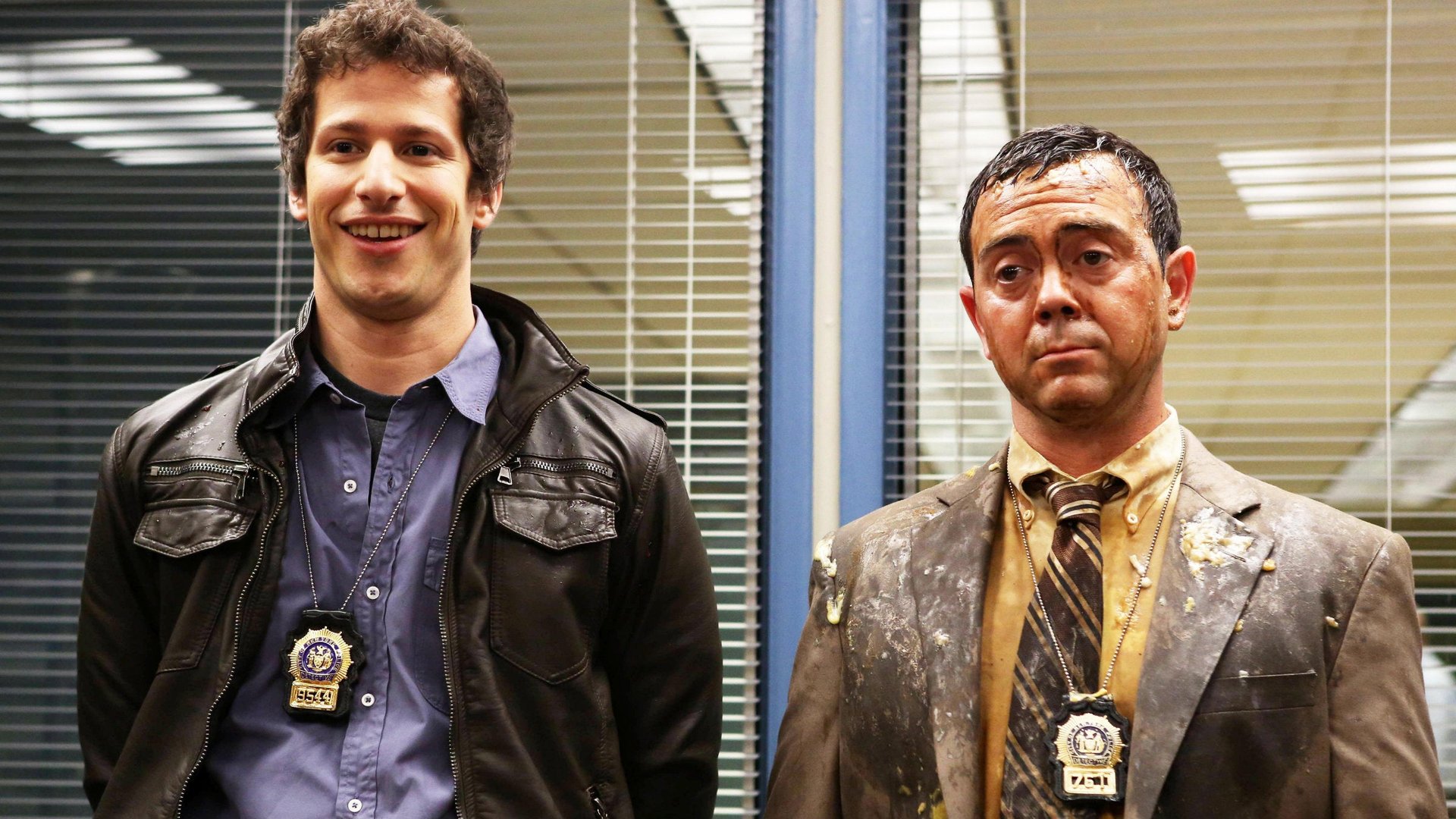TV shows on the brink of cancellation are being saved by delayed viewing
The fall TV season is only a month old, but four of the 24 new broadcast shows that have debuted so far have already been canceled. ABC’s Lucky 7 and CBS’s We Are Men were yanked earlier this month, and last Friday NBC pulled the plug on Welcome to the Family and Ironside.


The fall TV season is only a month old, but four of the 24 new broadcast shows that have debuted so far have already been canceled. ABC’s Lucky 7 and CBS’s We Are Men were yanked earlier this month, and last Friday NBC pulled the plug on Welcome to the Family and Ironside.
Yet despite the growing number of casualties, the broadcast networks are actually being more patient than ever with their freshman series. As viewers increasingly wait longer to catch up with shows via DVR or video on demand (VOD), networks are in turn relying more heavily on Nielsen’s “live plus seven” (L+7) ratings, which factor in DVR and VOD use over a seven-day period in addition to the initial “live” tune-in.
Delayed-viewing is “significantly higher” than last year, CBS research chief David Poltrack told USA Today, adding that even older viewers, historically late adopters of new technology, are jumping on board. “The world has definitely changed,” says Poltrack.
While only roughly half of US households with TVs have DVRs, those L+7 bumps can be significant. The L+7 data for the second week of the 2013-14 TV season, released on Sunday, revealed that the new hit NBC drama The Blacklist added a record 6 million viewers (from 11.4 million “live plus same day” (L+SD), which includes DVR/VOD viewing the same night of its premiere, to 17.9 million L+7).
Now, “if we get positive feedback from viewers and see substantial catch-up viewing, we know that audience is going to build,” Poltrack said. “That’s the new strategy, and everybody’s doing it, particularly with shows that are in really tough time periods.”
Case in point: the heavily promoted CBS drama Hostages was trampled by The Blacklist in its debut, with a disappointing 7.4 million viewers. L+7 data added an additional 3.6 million, a 48% increase, for a total of almost 11 million. In its second week, its L+7 data lead to a 66% increase in the advertiser-desired 18-49 demographic number, along with 52% bump in viewers. With those positive L+7 ratings, CBS can afford be more patient with a show that it likely would have already canceled just a year or two earlier.
Meanwhile, FOX’s sitcom Brooklyn Nine-Nine received a full-season pickup on Friday—along with the coveted post-Super Bowl time slot—despite its soft L+SD ratings. But the network was encouraged by its positive delayed viewing gains: In its third week, its L+7 ratings jumped 73% in the demo and 65% in total viewers.
Several new cable shows this year have also been saved from likely cancellation by their impressive L+7 increases. FX’s The Bridge more than doubled its demo rating (105%) while the network’s The Americans saw a 93% demo lift, and USA’s new summer series Graceland surged 92% in the demo.
Tellingly, the L+7 lifts for the already-cancelled shows—many of which debuted to record low ratings—were minimal. Welcome to the Family increased a mere 18% in the demo, Lucky 7 jumped 15% and We Are Men rose 12%.
While L+7 ratings are extending the life of some series, they aren’t yet funneling more ad revenue back to their respective networks. Audience’s delayed-viewing habits are changing faster than the current business models, as most ads are still bought and sold based on “live plus three” (L+3) ratings.
That, however, will be a network/advertiser battle for down the road. First, the networks are trying to maximize their advertiser money by driving viewers away from DVRs, where they routinely skip ads, to VOD, where fast-forwarding is usually disabled. “Our goal now,” CBS’s Poltrack told the New York Times, “is to move as much DVR viewing to VOD as we can.”